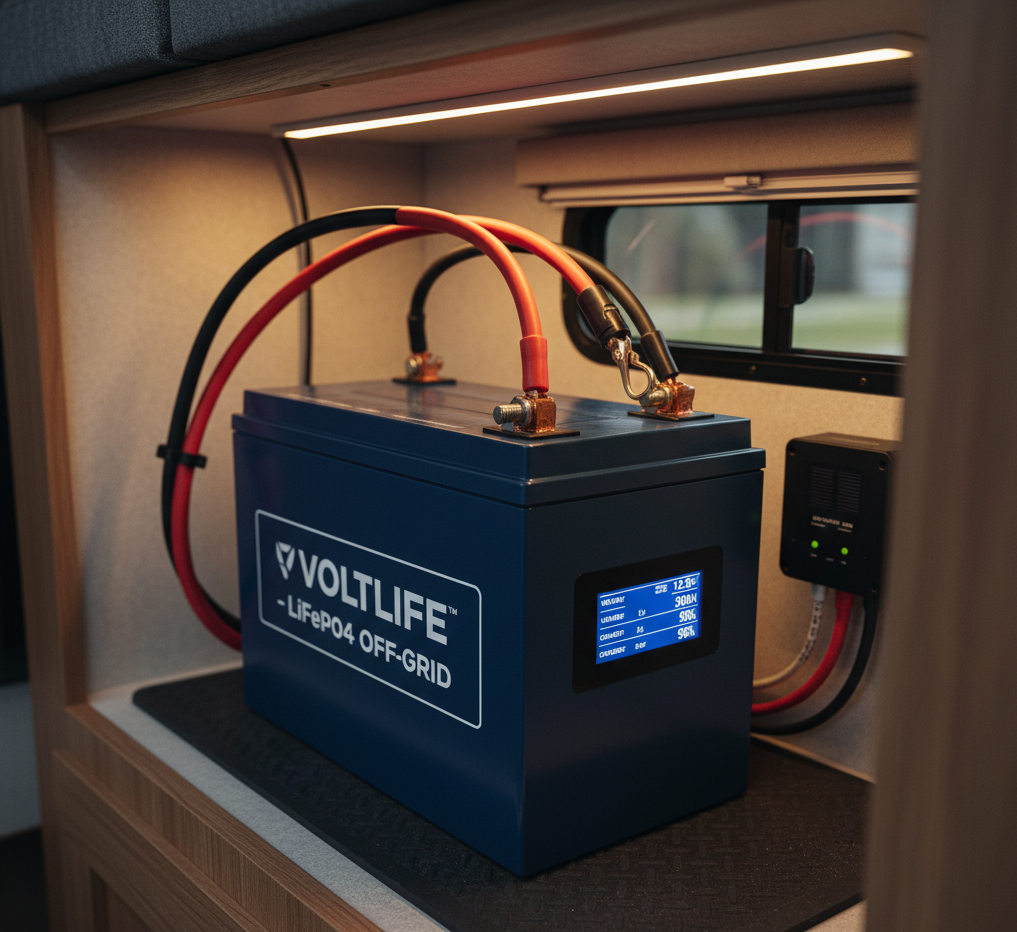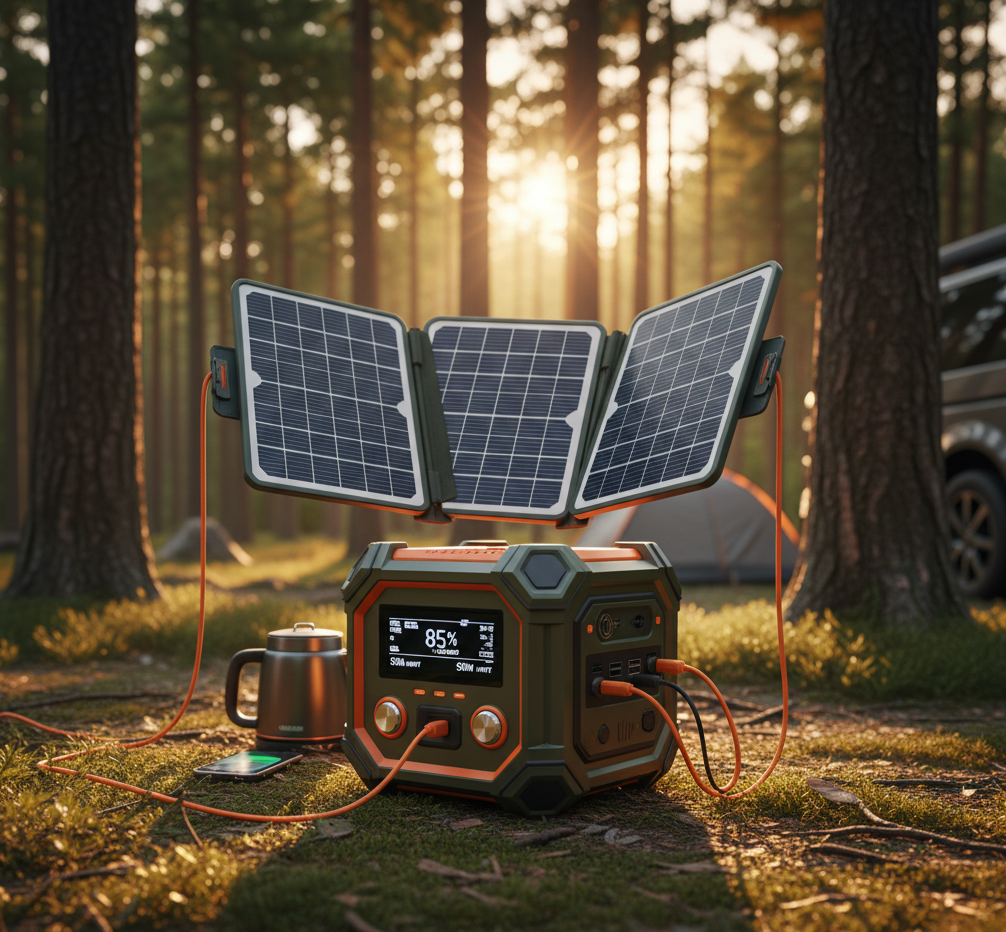Dreaming of a life untethered? Whether it’s the serene escape of a remote cabin, the wanderlust of an RV adventure, or the minimalist charm of a tiny home, going off-grid offers unparalleled freedom. And at the heart of that freedom often lies the silent, powerful hum of solar energy.
While the concept of solar panels on a rooftop is familiar, powering non-traditional living spaces presents its own unique set of considerations. It’s not just about slapping some panels on; it’s about smart design, efficient energy use, and robust storage solutions. Let’s dive into the specifics of harnessing the sun for your cabin, RV, or tiny home.
1. Space: The Ultimate Frontier
Unlike a traditional house with ample roof space, cabins, RVs, and tiny homes demand creativity when it comes to panel placement.
- RVs: Roof space is often limited by vents, AC units, and skylights. Flexible solar panels that can conform to curved surfaces or even foldable, portable panels you set up when parked are excellent solutions. Consider tilting mounts to optimize sun exposure when stationary.
- Tiny Homes: While generally having more roof area than an RV, maximizing every inch is still key. Think about ground-mounted arrays if you have yard space, or even integrating panels into awnings or vertical siding if feasible.
- Cabins: Depending on their location, cabins might have more flexibility. If the roof isn’t ideal due to shade from trees, a ground mount a short distance away can be incredibly effective, allowing you to angle panels perfectly towards the sun.
2. Energy Audit: Know Your Needs
Before buying any equipment, conduct a thorough energy audit. List every electrical appliance you plan to use, how many watts it consumes, and for how many hours per day. This is crucial for sizing your system correctly.
- Prioritize Efficiency: Opt for DC-powered appliances where possible, as converting DC to AC (and back) incurs energy loss. LED lighting, energy-efficient refrigerators, and low-wattage electronics are your best friends.
- Phantom Loads: Don’t forget devices that draw power even when “off” – unplugging them or using smart power strips can save significant energy.
3. Battery Storage: Your Off-Grid Lifeline
Solar panels generate power during the day, but you’ll need electricity at night or on cloudy days. This is where battery banks come in.
- Types of Batteries:
- Lead-Acid (Flooded, AGM, Gel): More traditional and often less expensive upfront. Flooded batteries require maintenance, while AGM and Gel are sealed and maintenance-free.
- Lithium-ion (LiFePO4): The gold standard for off-grid living, especially in RVs and tiny homes. They are lighter, have a much longer lifespan, can be discharged deeper without damage, and offer higher energy density. While more expensive initially, their longevity often makes them more cost-effective over time.
- Sizing Your Bank: Your battery bank needs to store enough energy to last you through periods of low solar production, typically 1-3 days depending on your usage habits and location. This is where your energy audit pays off!

4. System Components: The Brains and Brawn
A complete solar system includes several key components:
- Solar Panels: Convert sunlight into DC electricity.
- Charge Controller: Regulates the voltage and current coming from the solar panels to prevent overcharging your batteries. MPPT (Maximum Power Point Tracking) controllers are more efficient than PWM (Pulse Width Modulation), especially in varying light conditions.
- Inverter: Converts the DC electricity stored in your batteries into AC electricity, which most household appliances use. Look for pure sine wave inverters for sensitive electronics.
- Battery Monitor: Essential for keeping an eye on your battery’s state of charge, voltage, and current flow. This prevents you from running batteries too low and extends their life.
- Wiring and Fuses: Proper sizing and fusing are critical for safety and efficiency. If you’re not experienced with electrical work, consult a professional.
5. Portable Setups: The Ultimate Flexibility
For RVers or those with smaller cabins, portable solar generators or foldable panel kits offer incredible flexibility.
- Grab-and-Go Power: These units combine panels, a charge controller, inverter, and battery into one convenient package. They’re perfect for weekend trips, emergencies, or supplementing a fixed system.
- Optimal Placement: You can move portable panels throughout the day to chase the sun, ensuring maximum energy harvest regardless of where your main dwelling is parked or situated.

Living the Solar-Powered Dream
Transitioning to solar power in your cabin, RV, or tiny home is an empowering step towards self-sufficiency. It requires careful planning, an understanding of your energy needs, and a willingness to invest in quality components. But the reward – reliable, clean power wherever you are – is truly priceless.
Start with that energy audit, research the best components for your specific situation, and don’t be afraid to start small and expand your system as your needs grow. The sun is waiting to power your off-grid adventures!
